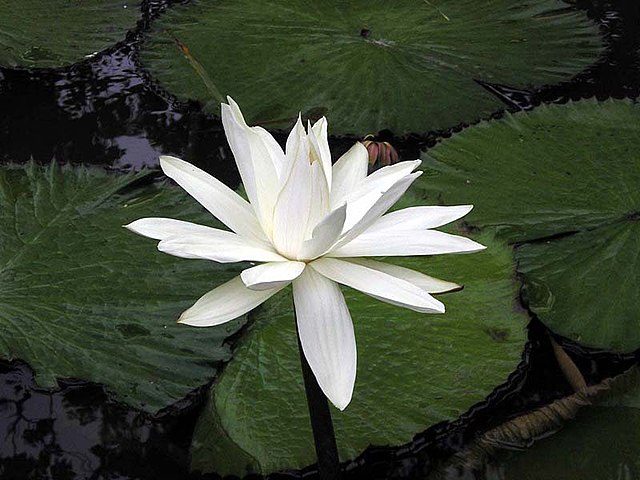coat of arms From Wikipedia, the free encyclopedia
The National Emblem of Bangladesh was adopted shortly after independence in 1971.


Located on the emblem is a White water lily, that is bordered on two sides by rice sheaves. Above the water lilly are four stars and a three-leaf clover of jute leaves. The water lily is the country's national flower, and is representative of the many rivers that run through Bangladesh. Rice represents its presence as the staple food of Bangladesh, and for the agriculture of that nation. The four stars represent the four founding principles that were originally enshrined in the first constitution of Bangladesh in 1972: Nationalism, Secularism, Socialism, and Democracy.
The details of the emblem is given as quoted below:
The national emblem of the Republic is the national flower Shapla (Nymphaea pubescens) resting on water, having on each side an ear of paddy and being surmounted by three connected leaves of jute with two stars on each side of the leaves. - Constitution of Bangladesh Article 4(3)[1] [2]
The Government of Bangladesh has adopted Education, Nationalism and Democracy as its "National Motto".
Seamless Wikipedia browsing. On steroids.
Every time you click a link to Wikipedia, Wiktionary or Wikiquote in your browser's search results, it will show the modern Wikiwand interface.
Wikiwand extension is a five stars, simple, with minimum permission required to keep your browsing private, safe and transparent.